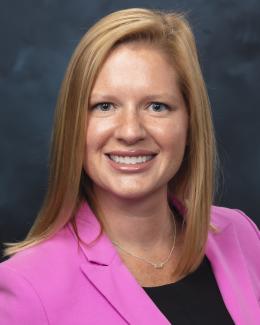Abstract
As they degrade and age, concrete structures are susceptible to the development of multiple defects, such as alkali-silica reaction (ASR). ASR forms a gel that occurs over time between alkaline cement paste and reactive, noncrystalline silica in aggregates [1]. With the continuing extension of the life span of nuclear power plants, it is important to monitor the structural integrity of concrete structures after 40+ years. Compression strength, modulus of elasticity, flexural stiffness, shear strength, and tensile strength are performance characteristics susceptible to the development of ASR. Current methods for monitoring for defects and degradation within thick concrete structures require damaging the concrete. Oak Ridge National Laboratory, in collaboration with the University of Pittsburgh, has developed a nondestructive evaluation (NDE) and reconstruction technique that enables deep-image reconstruction of damaged concrete. The frequency-banded synthetic aperture focusing technique (FB-SAFT) is an augmented SAFT reconstruction that segments the time-series data into different frequency bands using wavelets immediately before performing SAFT reconstructions [2]. This paper presents the NDE instrumentation and reconstruction techniques applied to thick-reinforced concrete structures and concludes with preliminary results.



